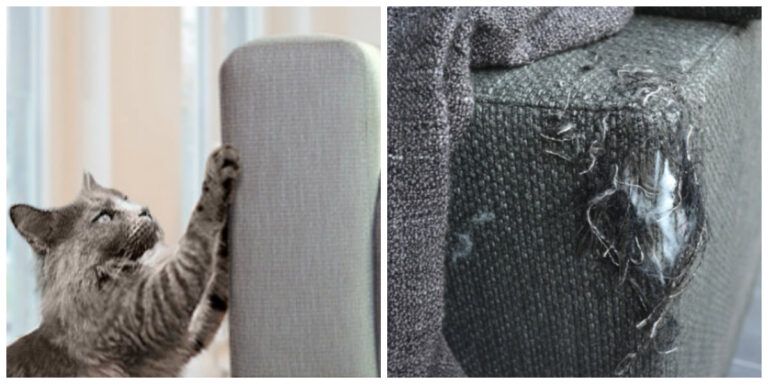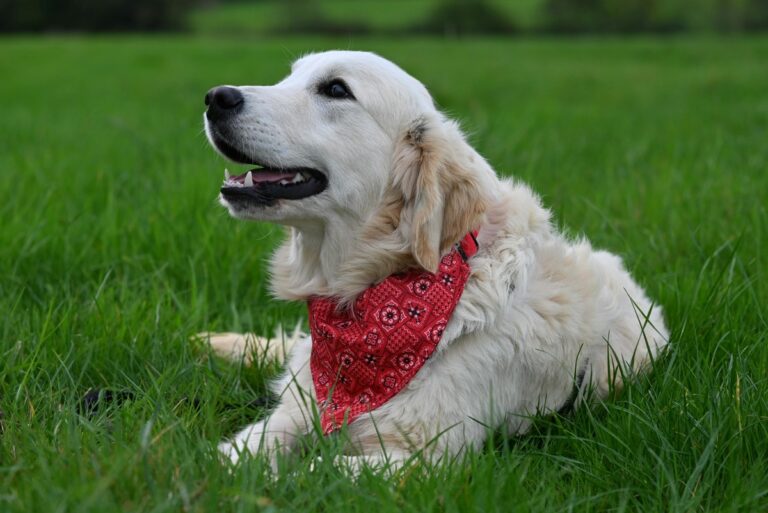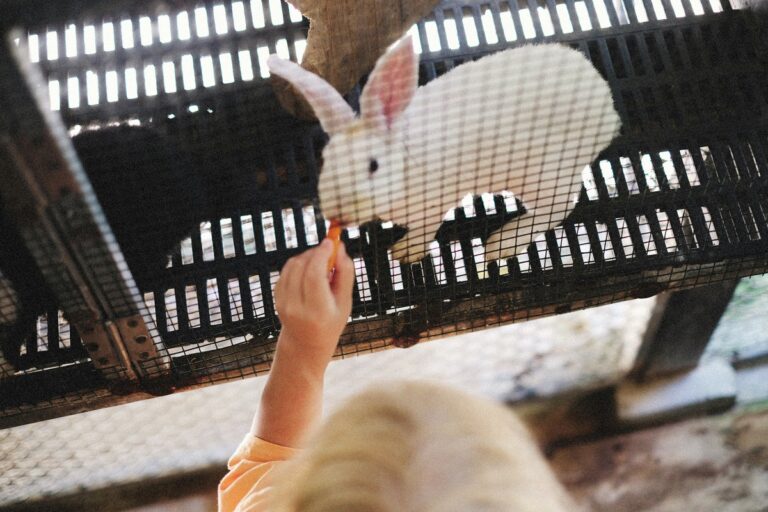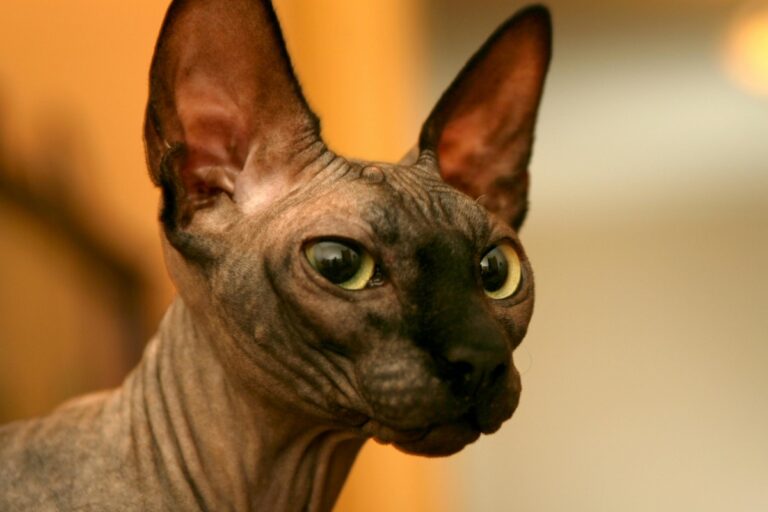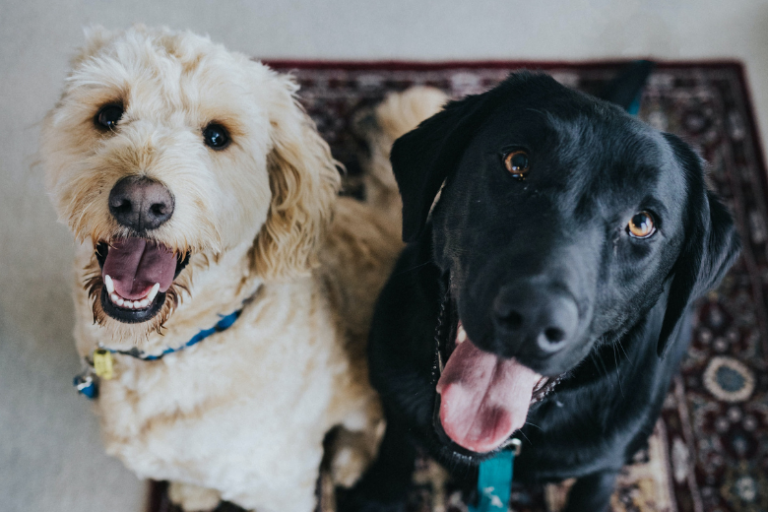10 House Plants That Are Toxic to Your Dogs
Introduction
House plants can brighten any space, but not all are safe for your canine companion. Dogs, known for their curious noses and chewing habits, can accidentally ingest plants that may harm their health.
Being aware of toxic house plants is key to protecting your furry friend. Some plants can cause mild irritation, while others may lead to severe health issues. Here are ten house plants to avoid if you have a dog.
Cyclamen
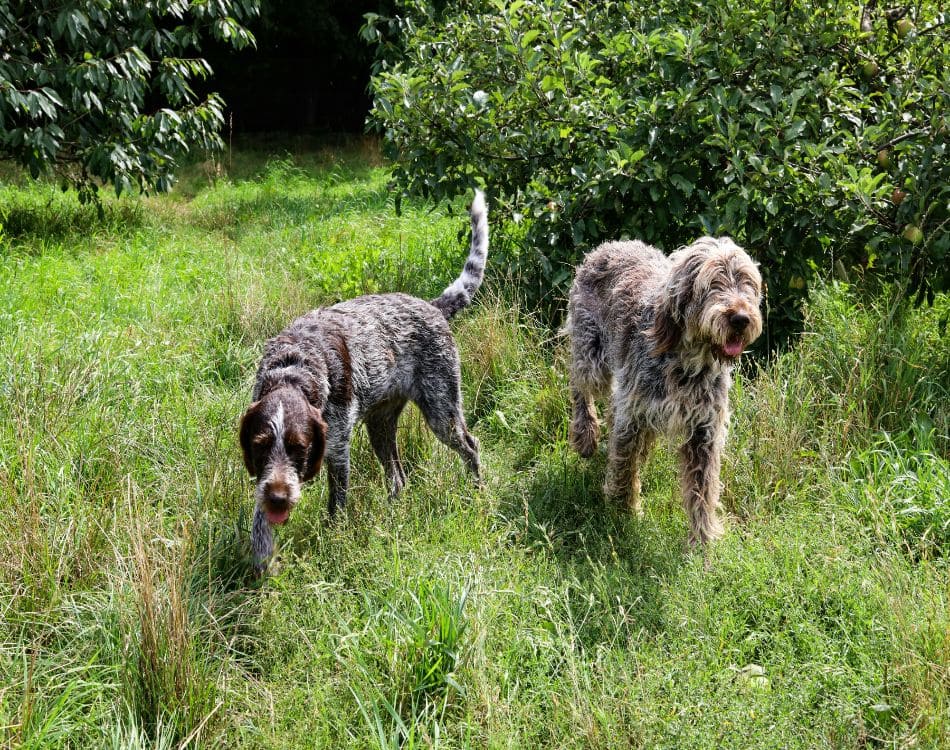
This vibrant flowering plant can cause significant harm to dogs. Its tubers contain toxins that lead to vomiting, diarrhea, and even heart rhythm abnormalities if ingested.
Caladium (Elephant’s Ear)
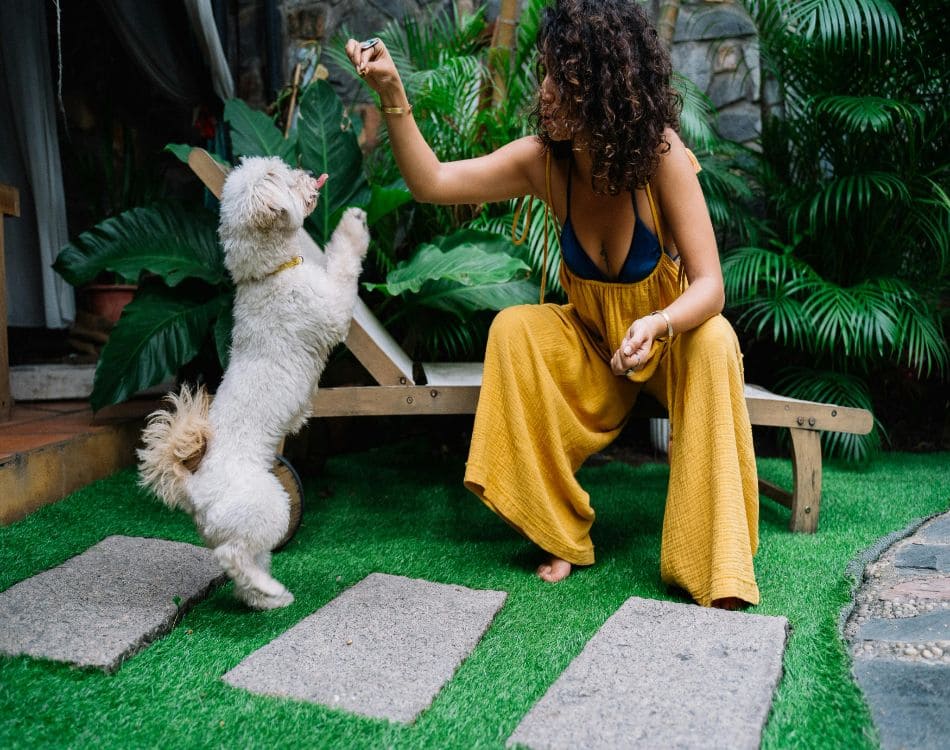
Caladium’s striking leaves contain calcium oxalates that irritate the mouth and throat. Dogs may experience drooling, swelling, and difficulty breathing after chewing on it.
Daffodil
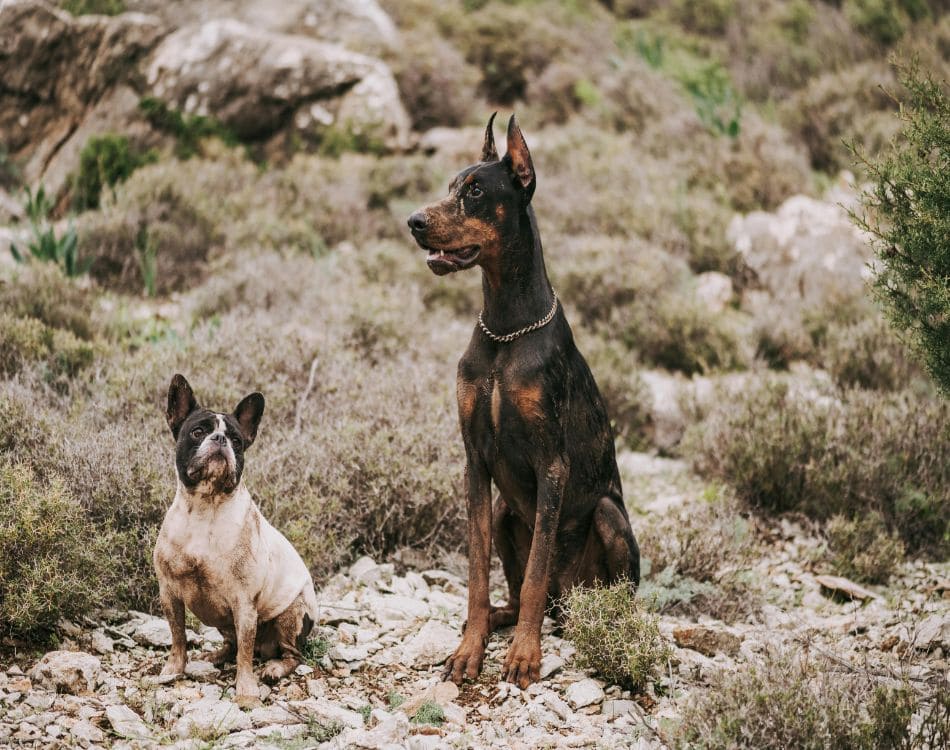
Daffodils, with their cheerful blooms, are highly toxic. Consuming the bulbs can cause severe gastrointestinal distress, drooling, and cardiac issues in dogs.
Tulip
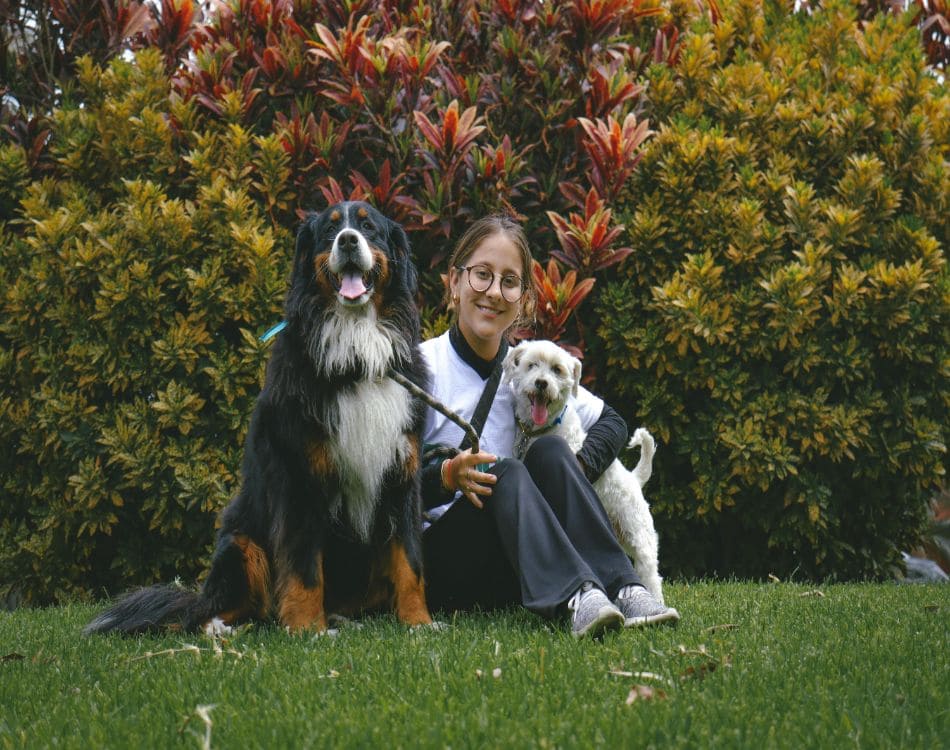
Tulip bulbs are especially toxic to dogs, containing compounds that cause nausea, excessive drooling, and stomach upset if ingested.
Chrysanthemum
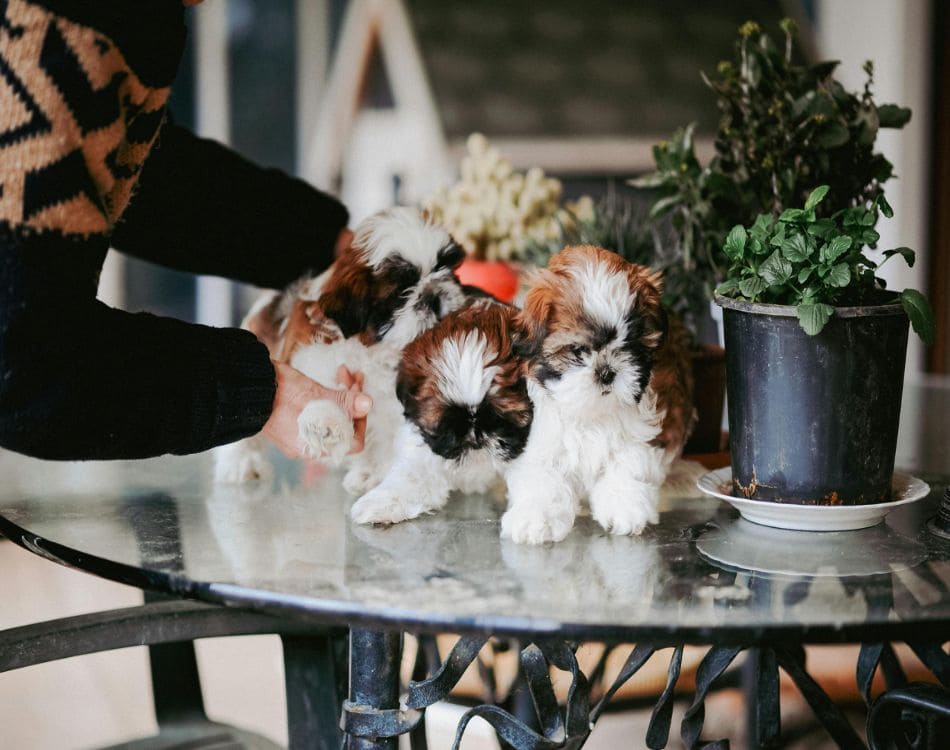
These popular flowers contain pyrethrins, which can cause vomiting, diarrhea, and lack of coordination in dogs. They’re beautiful but best kept out of reach.
Amaryllis
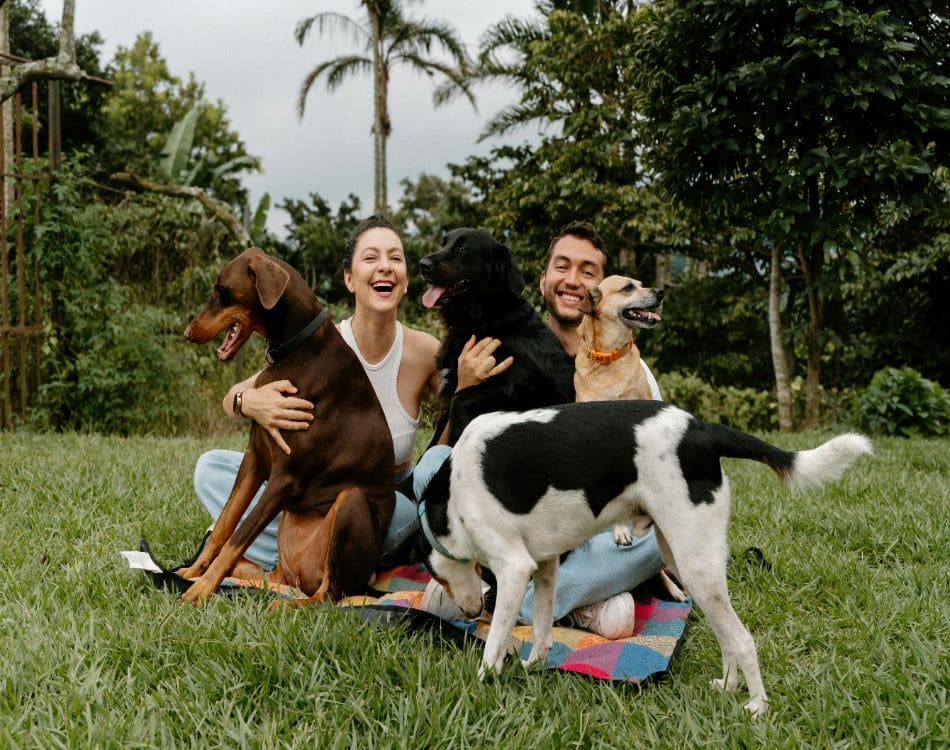
This festive plant is toxic to dogs, causing drooling, vomiting, diarrhea, and abdominal pain. Severe cases can involve tremors and low blood pressure.
Autumn Crocus
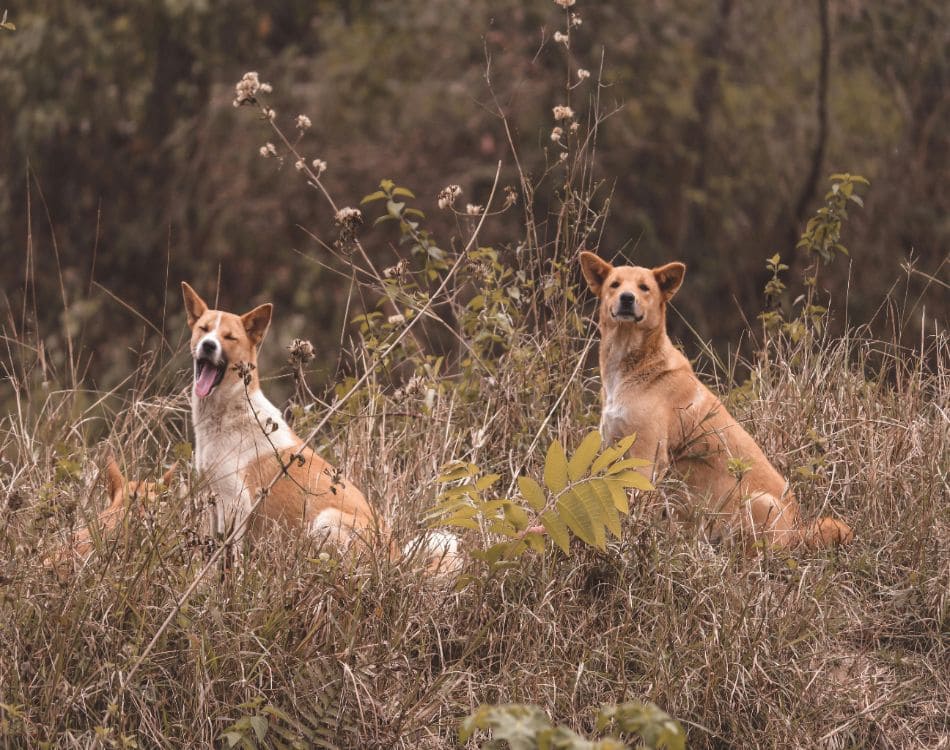
The autumn crocus is highly poisonous to dogs. Ingestion can cause vomiting, bloody diarrhea, and damage to the liver and kidneys.
Peace Lily (Spathiphyllum)
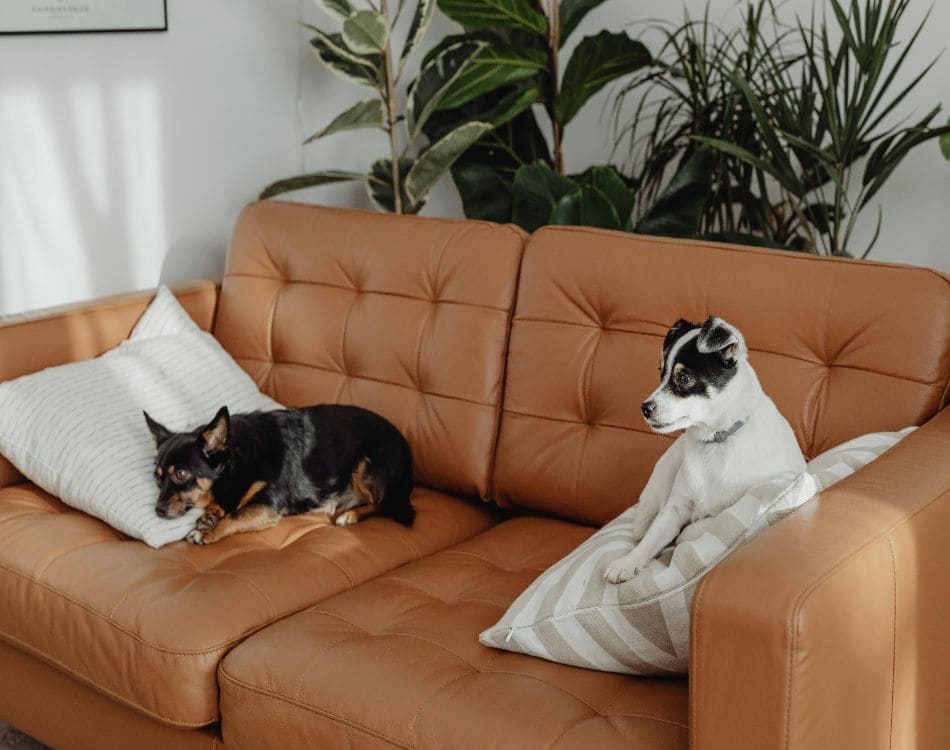
Not a true lily but still harmful, the peace lily can cause oral irritation, drooling, and difficulty swallowing if your dog takes a bite.
Dracaena (Dragon Tree)
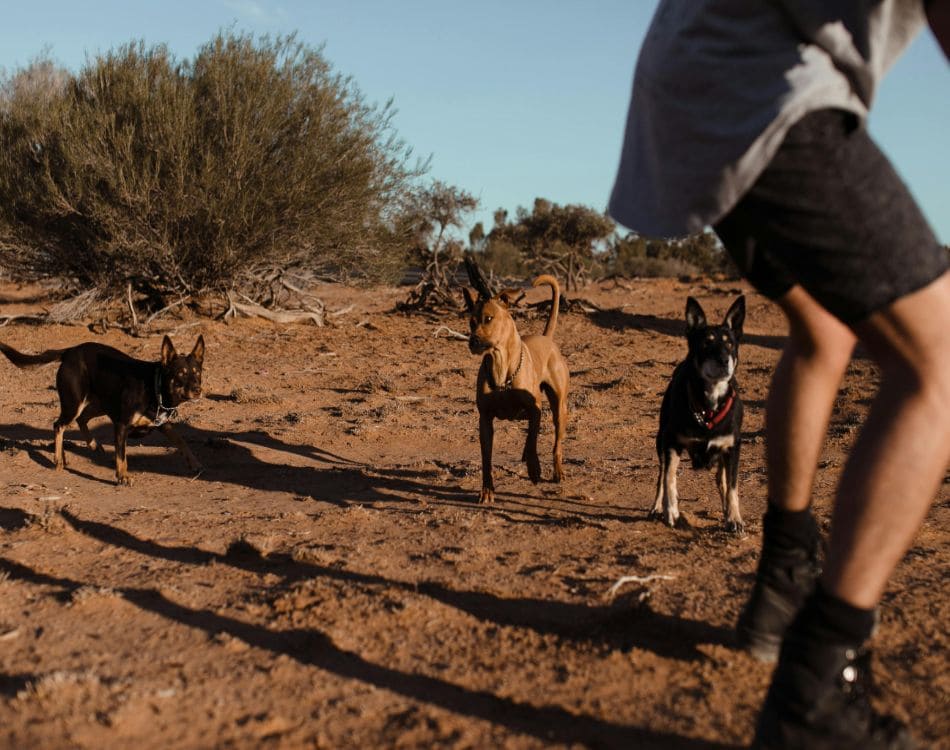
Dracaena’s saponins are toxic to dogs, causing vomiting, loss of appetite, and even depression. It’s a beautiful plant but best avoided in dog-friendly homes.
Bird of Paradise
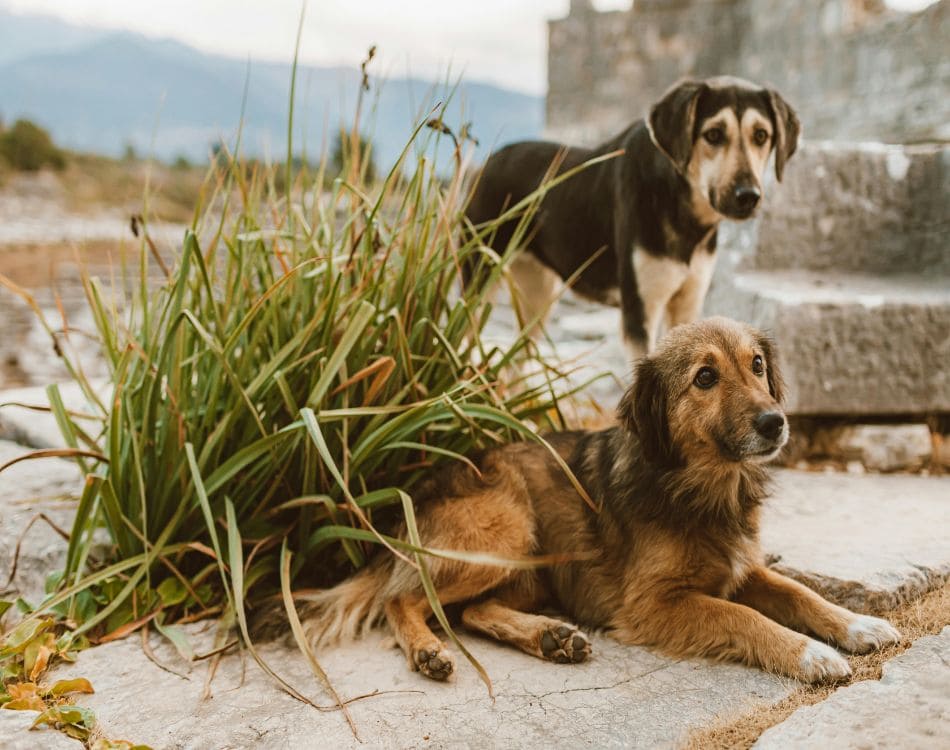
This exotic plant contains toxins that can lead to nausea, vomiting, and drowsiness in dogs if ingested. Its seeds and flowers are particularly dangerous.
Conclusion
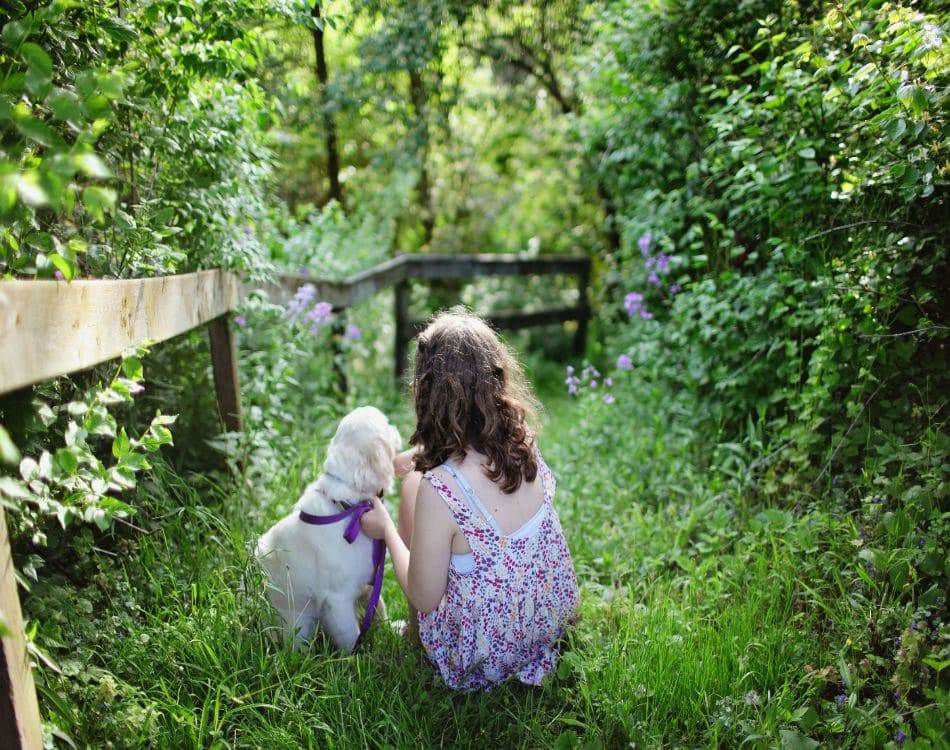
Your dog’s safety begins with informed choices about your house plants. Swap toxic varieties for pet-friendly options to maintain a beautiful and safe home. Your pup will thank you!


